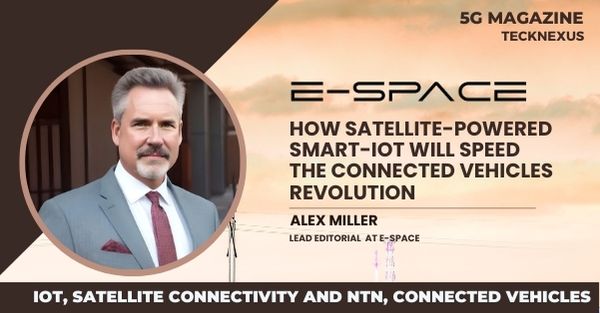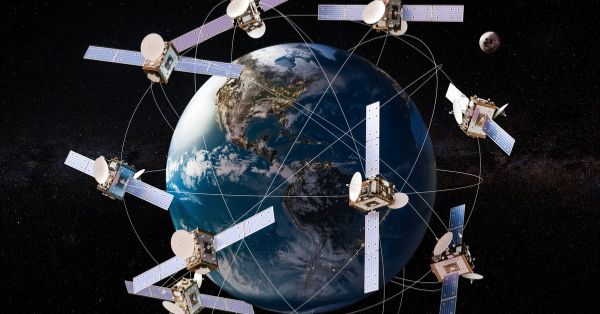- Article & Insights
- November 9, 2024
The space industry should reach $1 trillion in annual revenue by 2040, according to a report by Citibank analysts. At the same time, a recent report from Inmarsat and Globant estimates the world could reach net zero up to ten years ahead of the 2050 target if industries make the most of existing and emerging space-based satellite technology. Suffice to say, space can offer an array of solutions for sustainability, security and connectivity. Mobile communications have evolved from generation to generation, adding better capabilities, and the trend is far from being over. The sixth generation is already in the making, and the core driving factors for 6G will revolve around enhancing human communication, including immersive experience, telepresence, multimodal collaboration and interaction. 6G will also aim to enhance machine communication, with the focus on autonomous machines and vehicles capable of sensing their surrounding environment in real time (network as a sensor). This article expands on how small satellites will augment the future of communications that starts already today.



































